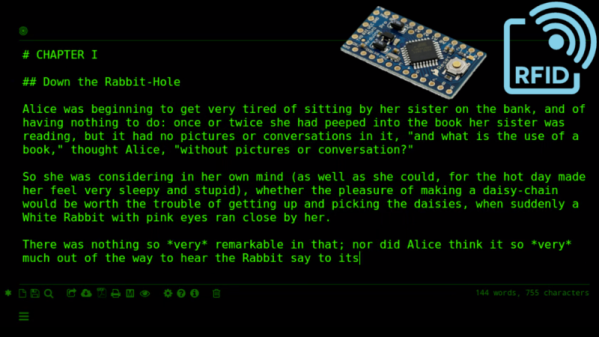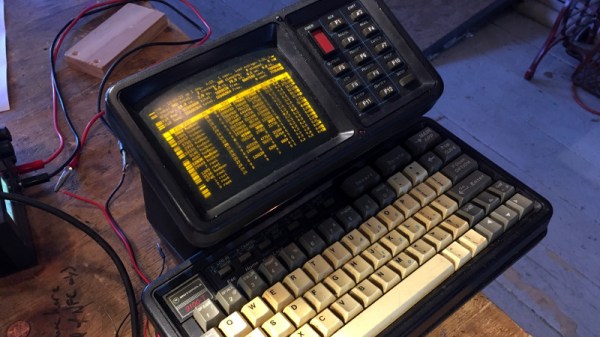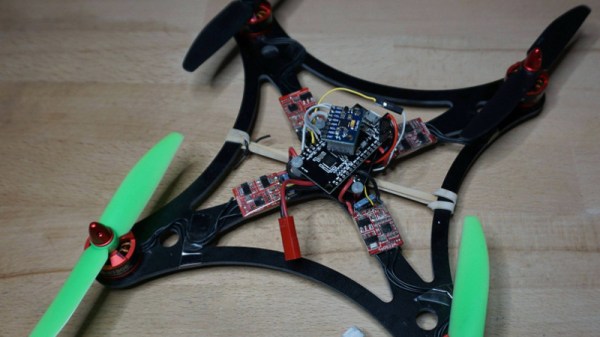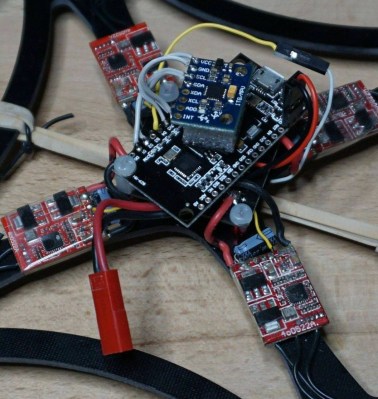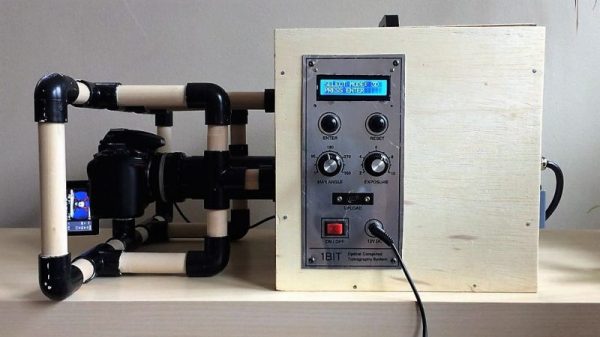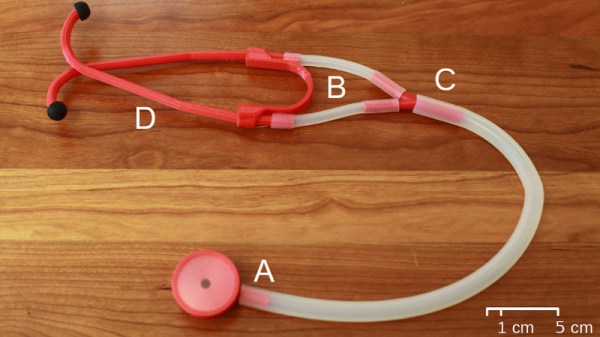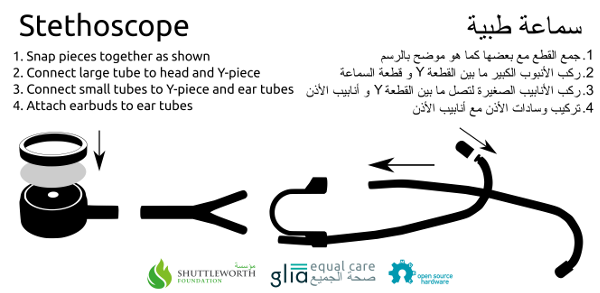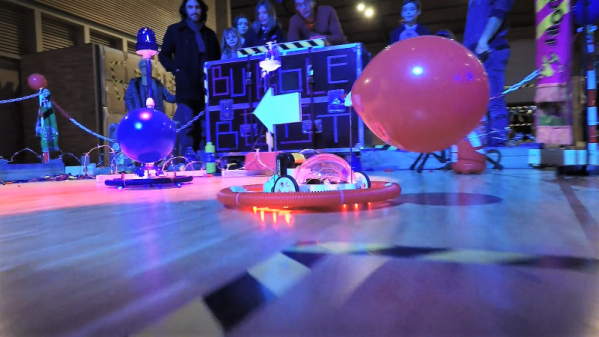Ever wanted to feel like one of those movie hackers from the late 90s? Yes, your basement’s full of overclocked Linux rigs and you’ve made sure all your terminal windows are set to green text on a black background, but that’s not always enough. What you need is an RFID tag that unlocks your PC when you touch the reader with your RFID card. Only then may you resume blasting away at your many keyboards in your valiant attempts to hack the mainframe.
[Luke] brings us this build, having wanted an easier way to log in quickly without foregoing basic security. Seeing as an RC522 RFID reader was already on hand, this became the basis for the project. The reader is laced up with a Sparkfun Pro Micro Arduino clone, with both devices serendipitously running on 3.3V, obviating the need for any level shifters. Code is simple, based on the existing Arduino RC522 library. Upon a successful scan of the correct tag, the Arduino acts as a HID keyboard and types the user’s password into the computer along with a carriage return, unlocking the machine. Simple!
Overall, it’s a tidy build that achieves what [Luke] set out to do. It’s something that could be readily replicated with a handful of parts and a day’s work. If you’re interested in the underlying specifics, we’ve discussed turning Arduinos into USB keyboards before.

